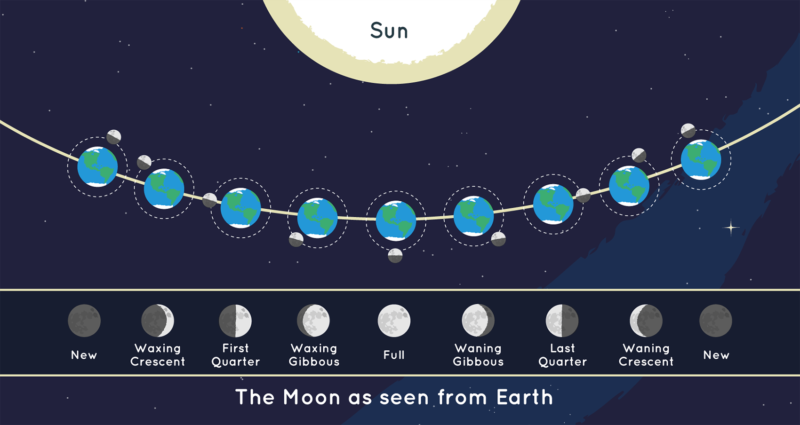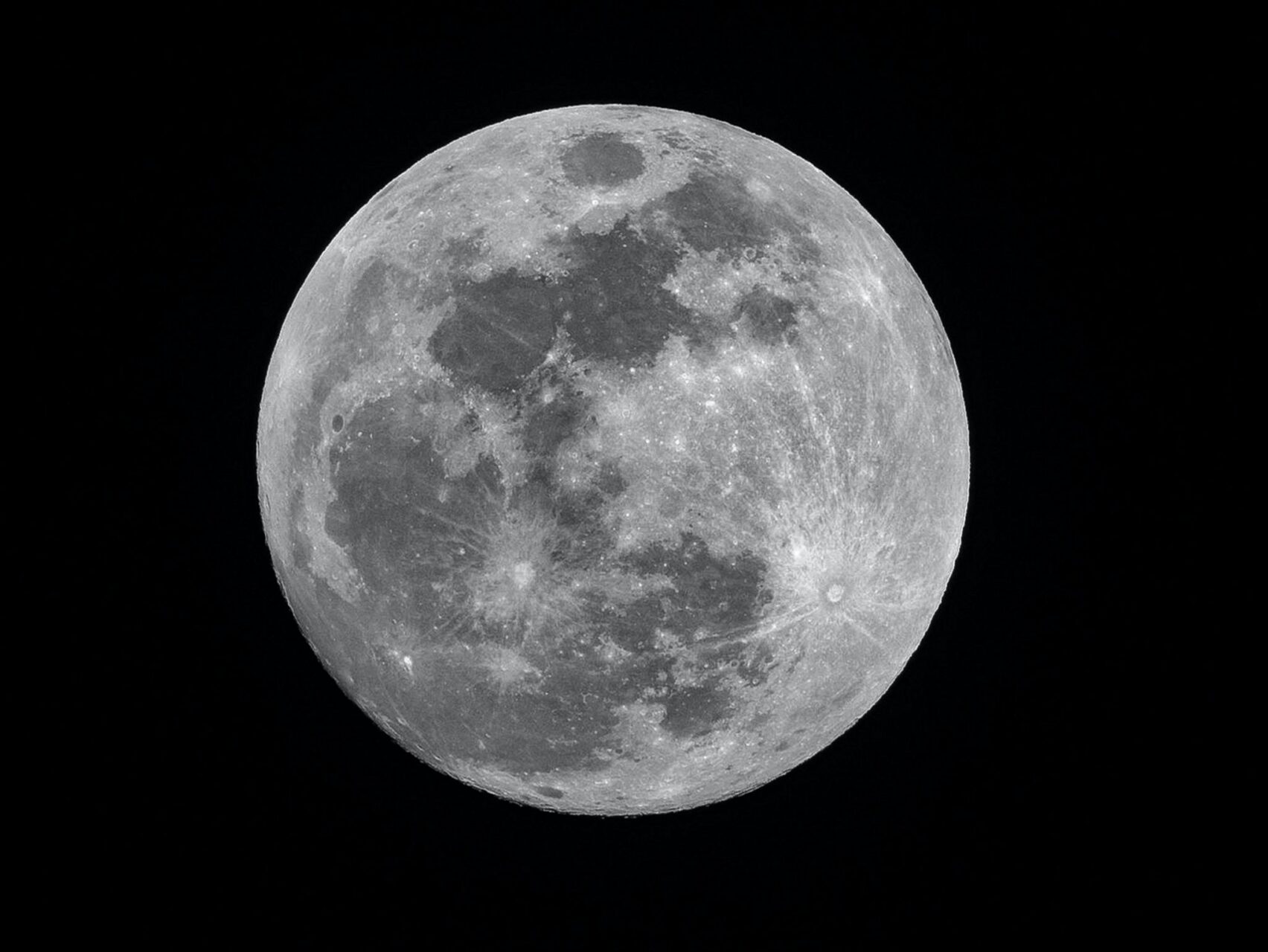Shoot for the Moon | By Anita Evans
Shooting for the moon is a phrase that implies something is an unattainable target — but is that true? NASA is shooting for the moon right now with their Artemis 1, the first of the Orion Spacecraft. This unmanned moon launch is the first of many scheduled flights that will orbit the Moon and send several satellites out to collect data for future manned missions taking astronauts to the Moon’s surface. The subsequent Artemis missions will be the first manned flights to the moon since Apollo 17 in 1972, 50 years ago. These series of flights are intended to set up a lunar station for sustainable exploration beyond the Earth’s orbit — the possibilities are endless!
Reaching the moon by spaceship is only our most recent relationship with our orbiting orb. The Moon has played an important part in our lives as humans for millennia. For most of our history, the Moon was the only source of illumination at night. It helped travelers navigate, and enabled people to work at night. It has signified wisdom, intuition, birth, death, reincarnation, and fertility, and has long been integrally tied to farming. The first astronomers created calendars from changes they saw in the Moon and linked those changes to the four seasons, crop planting, and harvesting. Many turns of phrase refer to the Moon, such as “once in a blue moon”, “many moons ago”, “promise the moon”, “over the moon”, “baying at the moon”, and let us not forget about honeymoons! We eat Moon Pies and look for the Man in the Moon, listen to songs like “Moon River” and read books to our children such as “Goodnight Moon”. Its magnificent presence in the sky has permeated our lives on every level.
So, what do we see when we look up into the sky and see the Moon in its various stages? First, we need to know that the Moon revolves, or travels, around the Earth every 28 days, just like the Earth revolves around the Sun every 365 days. As the Moon revolves around the Earth it also rotates on its axis just one time during that 28 days, which means we always see the same side of the Moon. The Earth, on the other hand, rotates on its axis once a day—or 365 times in one year—as it travels around the sun.
Why then do we see the Moon in its different phases or shapes? Sometimes we see a full moon, sometimes only a sliver or crescent moon based on the Sun’s reflection off the lunar surface. The Moon’s phases are created by the position of the Moon relative to the Earth and the Sun. A new Moon occurs when the Moon, Earth, and Sun all lie approximately in the same line with the Moon between the Earth and Sun from the Earth’s perspective. The side of the moon facing the Earth is completely dark because it has no sun reflecting off it. On the other hand, a full Moon occurs when the Moon’s revolution around the Earth puts it on the opposite side of the Earth from the Sun. The Sun’s rays then reflect off the full lunar surface that faces the Earth.

This graphic shows the eight basic phases of the Moon.
There are four primary phases: new Moon, first quarter, full Moon, and third quarter. The secondary phases are waxing crescent, waxing gibbous, waning gibbous, and waning crescent. Waxing means an apparent growth of the Moon’s image each night, always getting larger from right to left. Waning means the image is shrinking, which also occurs from right to left as you see the Moon’s image in the sky.

One of the most interesting concepts behind the Moon’s phases is that the Moon, along with every other object in the sky, is in constant motion. The light we see from the Moon is a reflection of our Sun’s rays based on its position in the sky relative to Earth, not from Earth’s shadow as some believe. Also, its rotation around the Earth affects more than just our language and farming rhythms. The Moon’s diameter is about one fourth the of the size of the Earth’s width, making it Earth’s largest and only natural satellite. Its huge mass results in gravity that tugs at the Earth’s oceans to move in a pattern we call the tides. As the Earth rotates the water bulges out on the side closest to the Moon and the side farthest from the Moon, creating a high tide. As the Earth continues to rotate through its 24 hour cycle most shorelines experience two high and two low tides per day, spaced 12 hours apart.
Being Earth’s closest neighbor in space, it is no wonder the Moon plays such an important part in our everyday lives. Learning the science behind the Moon, its phases and its effect on our planet is just the first step to learning about what lies beyond its orbit. From Apollo 8 to Artemis 1 — to the Moon we go!
 Friends of Youth and Nature is a non-profit that promotes opportunities for youth and families to get outside, experience outdoor activities, and explore nature. Follow our outdoor news blog and receive monthly tips on connecting your children to nature. Learn more, visit: friendsofyouthandnature.org
Friends of Youth and Nature is a non-profit that promotes opportunities for youth and families to get outside, experience outdoor activities, and explore nature. Follow our outdoor news blog and receive monthly tips on connecting your children to nature. Learn more, visit: friendsofyouthandnature.orgIMBODHI products are top-notch. Soft to the touch, hand-sewn and made of sustainably sourced fabrics. With a [...]

Subscribe to Our Tribe
Stay up to date with Y+L News, Events and special announcements.










